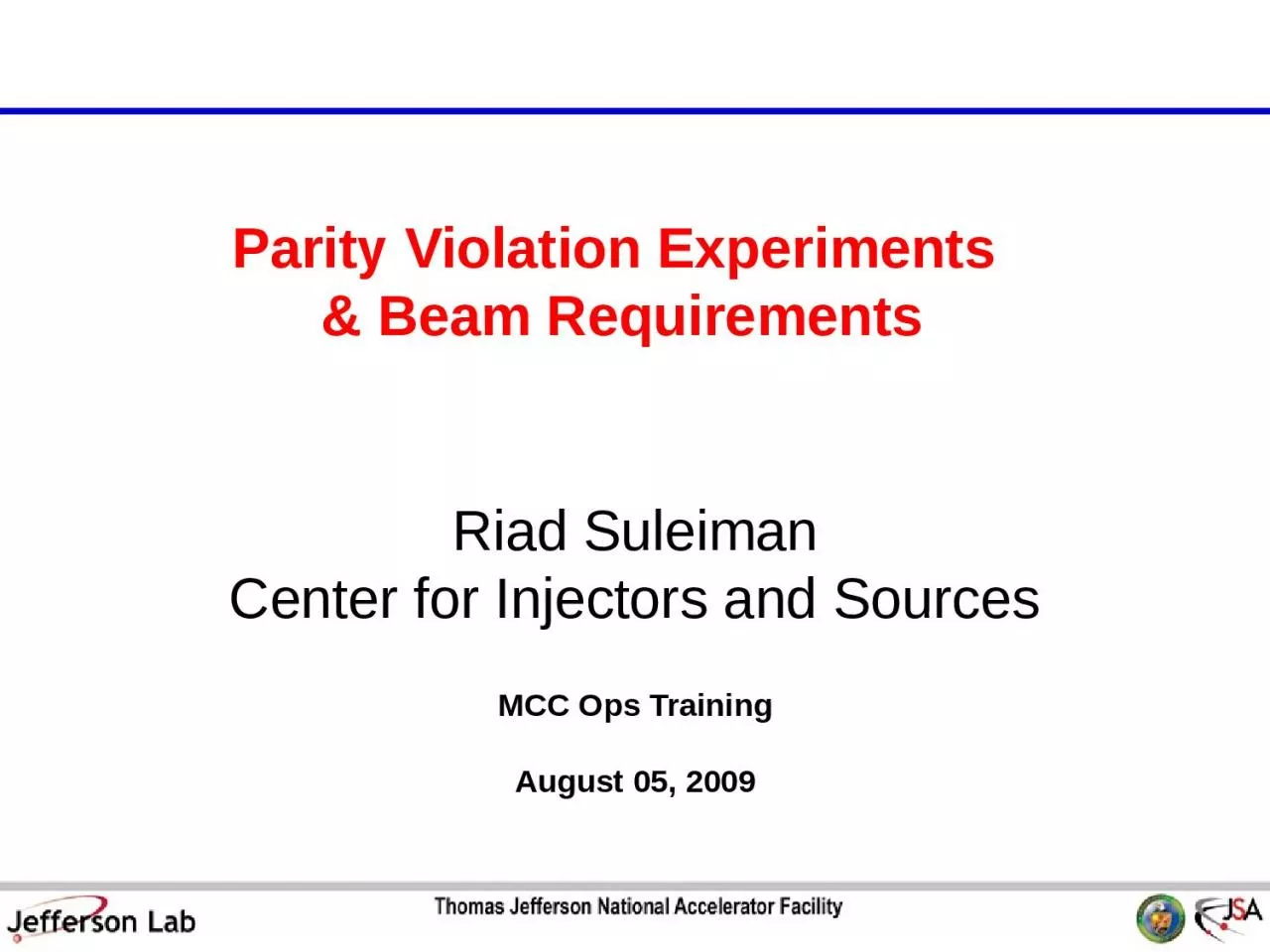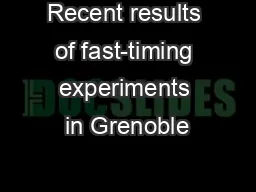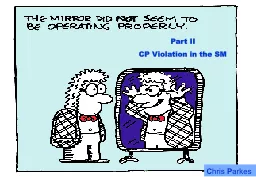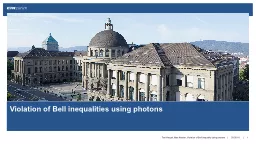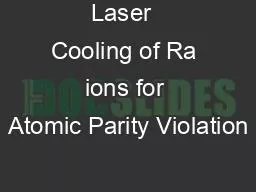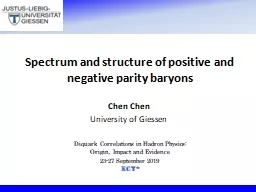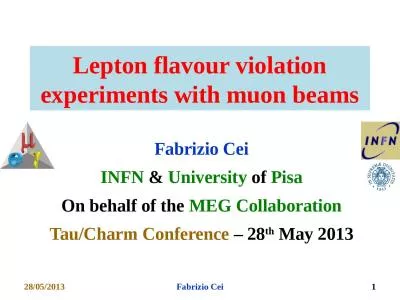PPT-Parity Violation Experiments
Author : CitySlicker | Published Date : 2022-07-27
amp Beam Requirements Riad Suleiman Center for Injectors and Sources MCC Ops Training August 05 2009 Outline Fundamental Interactions and Conservation Rules Parity
Presentation Embed Code
Download Presentation
Download Presentation The PPT/PDF document "Parity Violation Experiments" is the property of its rightful owner. Permission is granted to download and print the materials on this website for personal, non-commercial use only, and to display it on your personal computer provided you do not modify the materials and that you retain all copyright notices contained in the materials. By downloading content from our website, you accept the terms of this agreement.
Parity Violation Experiments: Transcript
Download Rules Of Document
"Parity Violation Experiments"The content belongs to its owner. You may download and print it for personal use, without modification, and keep all copyright notices. By downloading, you agree to these terms.
Related Documents

